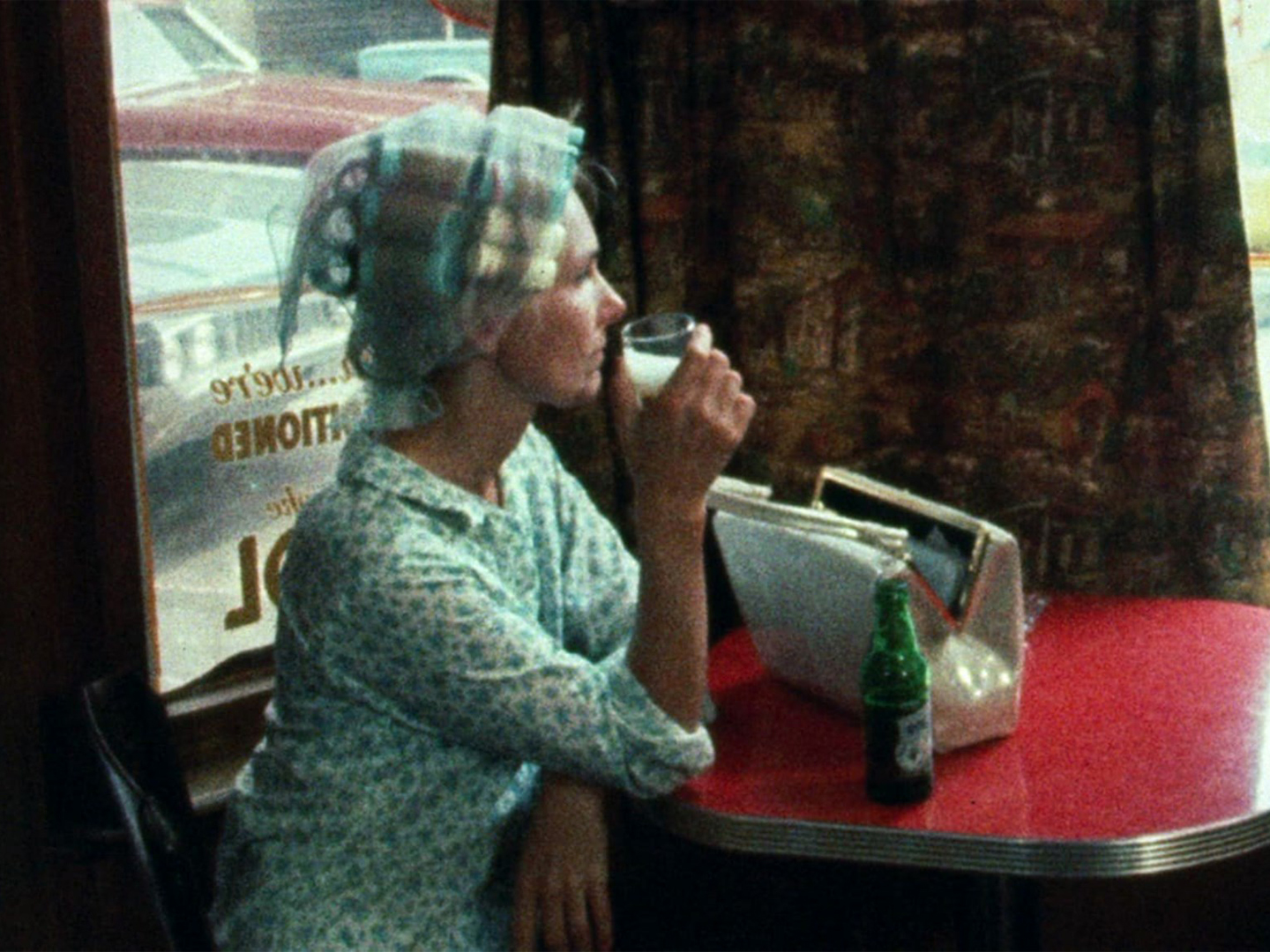
Barbara Loden’s Wanda (1970) tells the story of a woman drifting through rust-belt Pennsylvania, attaching herself to a petty crook as she struggles to navigate a world indifferent to her existence. “She doesn’t know what she wants but she knows what she doesn’t want,” Loden said. Wanda was born from a brief newspaper article about a failed bank robbery. What struck Loden was not the crime itself, but the image of a woman – an accomplice – standing in court, thanking the judge as he sentenced her. Despite being screened in several American and European theatres upon its release, the film received little attention for decades. Aside from some occasional passionate recognition, it remained largely absent from most film histories, including feminist film history. Loden, who starred in the film as well as directing it, died in 1980, leaving Wanda as her only film. Its rediscovery began in 2004 when French actress Isabelle Huppert helped its release on DVD in France, sparking renewed interest in the film.
With little preparation, a shoestring budget, shot on grainy 16 mm film stock with some of the dialogue and action improvised, Loden filmed Wanda with raw immediacy. The film resists conventional pacing; despite moments of robbery, pursuit, and violence, it remains curiously weightless and directionless. Belgian writer Dirk Lauwaert described Wanda as an “action film without action”.1 In the film her trajectory becomes an irresolute drift, her wandering subverts classical Hollywood narratives and mise en scène – Wanda becomes what Cristina Álvarez López and Adrian Martin call an “an estranged body in motion”.2 In Wanda, everything is left in a state of uncertainty, Wanda is often off-center within the frame, obstructed or obscured by elements of her environment. She frequently seems on the verge of disappearing at the edges.
Huppert remarked that Wanda is not a frontal character – the precondition for the classic Hollywood film. Loden plays her character with great detachment, implying the character rather than being it. This presents intricate questions about self-portraiture in film. Loden herself described making Wanda as an act of self-affirmation – “a way of confirming my own existence.” Marguerite Duras took this further, calling Wanda a “miracle.” Unlike Huppert, she sees in Wanda an unprecedented collapse of distance between character and performer, text and representation: “She seems more truly herself in the film... than she could have been in life.” For Lauwaert, something equally miraculous happens: “We still do not see the character, but we very clearly see the figure; the blueprint. It is a drawing without shading, without volume, gaunt and lucid. We suddenly see that this is ‘it’. This is something the traditional film, acted to the full, can never give the viewer: this staggering ‘this is it.’”
A collaboration between Sabzian and Cinema RITCS.
With an introduction by Kathy Vanhout


